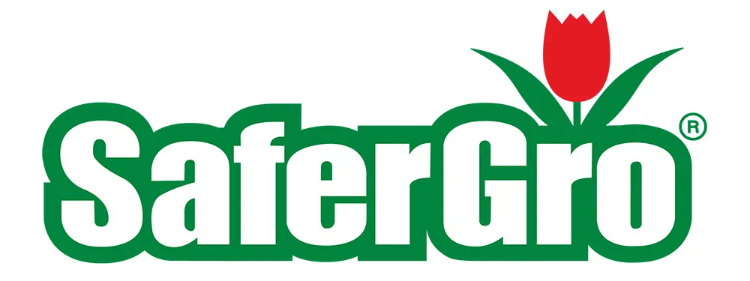Things to Know About Raising Happy Horses in Stables
Although keeping your horse on pasture offers your horse a more natural way of living, there are many reasons why owners choose to keep their horses in a stable or stall. Unfortunately, not everyone has access to large pastures, or perhaps your horse is injured and requires more time indoors. Or in the case of show horses, they are often kept indoors to prevent injuries and fading on their coats. Regardless of the reason, housing your horse in a stall is a convenient and easy way to keep tabs on your horse. Here are some tips on how to make sure your horse stays healthy and happy in its stall.
Choosing a Stable

Where you board your horse is important because it will indicate how much time you will have to spend cleaning the stall, feeding, and exercising your horse. Keeping your horse on your property, in your barn, or stable can minimize cost. However, keep in mind when using your own stall the upkeep will completely fall on you.
You can also choose to board your horse at stables, where the employees can help with your horses' feeding and stall upkeep. Depending on the facility and your monthly budget, employees can assist with some or all your horses' feeding and stall upkeep. Whether you keep your horse at home or a stable nearby, it is important to note the amount of time your horse will be held in the stall. Ideally, you want to allow your horse enough time outside of their stall to walk around and stretch their legs.
Stable Size and Design

The size of your stable is perhaps one of the most important things to take into consideration. A horse should have enough space to be comfortable in its stall for extended periods. On average, a stall should be 12’ x 12’ for a standard horse and 12’ x 14’ for larger breeds.
An open-door plan that allows your horse to see other horses is very important for your horse’s social stimulation. This can be in the form of a gossip gate or a Dutch door as well. Horses are social animals and if left alone they could become lonely and bored, which may lead to health problems and unhappiness. If possible, keep your horse in a stable adjacent to an equine companion. Keeping horses right next to each other is an easy way to make sure your horse always has some company.
Another factor to consider is ventilation. Poorly ventilated stalls circulate dust and mold, which can cause several respiratory issues for your horse. Make sure your stall gets enough fresh air whether it be by open windows or vents.
Stable Must Haves

Basic horse stable essentials include bedding, feed bucket, water bucket. There are many options for bedding, the bedding you choose will mostly depend on budget. Keep in mind you will go through bedding fairly quickly since you want to constantly provide a clean dry place for your horse to stay.
Horses naturally want to roam and prefer to be able to be walking around. When horses are kept in a stall they can become bored and lead to bad habits such as crib-biting or box-walking. Boredom breakers, such toys, can provide your horse with some enrichment and entertainment. Here are a few things you can give your horse to keep it busy:
- A treat ball
- Mineral licks
- Hidden fruit or carrots
- Make them work for food by adding hay to a net
- Frozen treats on a string so they must lick to get to them
Cleaning
If you keep your horse in a stable, it is crucial to make sure their stall always remains clean. Wet bedding can not only damage hooves and cause thrush, but allowing the ammonia from urine to build up can irritate the horses’ lungs.
Cleaning out the stalls is often referred to as “mucking." Staying on top of mucking out your stalls will help reduce odors which will reduce the number of flies that bother your horse. Dirty stables attract flies which can be highly irritating to horses.
Exercise

Creating an exercise routine for your horse will become very important if you plan to keep it in its stall for an extended period. Horses need to move around not just to release energy, but it is also crucial for their overall well-being. A horse that is stationary in its stall for too long can develop several health problems, and it can also affect its mental health. If you do now have time to ride, turning out your horse onto a paddock or pasture can allow it the extra mobility it needs. If you are keeping your horse at a stable, be sure to ask if the employees will oversee turning out your horse or if you will need to take care of its exercise
Final Thoughts as Stable Benefits
Although keeping your horse in a stall seems like a lot more work, it allows you to spend more time with your horse. The constant moving in and out of the stall and time spent exercising will only make your bond grow stronger and could lead to a happier and healthier horse.
Share
